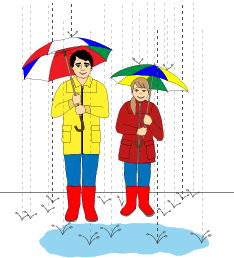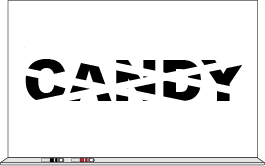What's Missing - A Springboard to Making Inferences
Introduction
Inferencing is the ability to "figure out," using prior knowledge and experiences, what is missing or what is likely to happen. To put it in even simpler terms, Inferencing is the ability to come to a conclusion based on evidence and reasoning.
What's Missing is an introduction to inferencing. Many students, especially those with Autism Spectrum Disorder (ASD), struggle with inferencing. For example, we may say something like, "If <this> happens, then <that> will be the outcome." Inferencing is a skill that most people do not actively think about, yet it is vital to navigating our "day-to-day."
Why is Inferencing so Important?

Inferencing is important for:
- Predicting what is likely to happen next (cause and effect)
- Preparing for what may be ahead
- Making rational decisions
Children who are unable to accurately predict what will happen, or do not pay attention to details in their everyday life that are important to making those predictions, will likely struggle with everyday skills.
Imagine seeing that it is raining outside. Furthermore, you don't think about the fact that you need an umbrella until you walk outside and experience getting wet. What if this happens every time it rains? This is just one simple example. Having to experience other similar struggles throughout your daily life would create stress and frustration that, eventually would likely turn to anger.
The first step in learning to make inferences is to establish the ability to notice the details that help us make those inferences.
Why is it Important to Pay Attention to Detail?

In our umbrella example above, and to state the obvious, if I don't pay enough attention to notice that people often have an umbrella in the rain, then I will likely not infer that I need an umbrella when I, too, go out in the rain.
What's Missing literally helps fill in the missing pieces. What I mean by that is, many children with ASD struggle to see the pieces that make up the whole picture. They further struggle with putting those pieces together to make the picture whole.

Consider another example. You write a very familiar word, such as "candy," in large letters on a white board. You then run an eraser diagonally through the word three times, in a sense breaking the word into multiple pieces. Most neuro-typical individuals would have no problem inferring that the pieces form the word "candy." Our brains do an amazing job of filling in the gaps for us.

